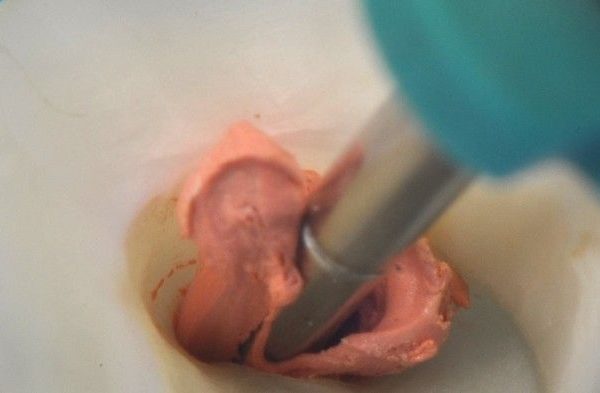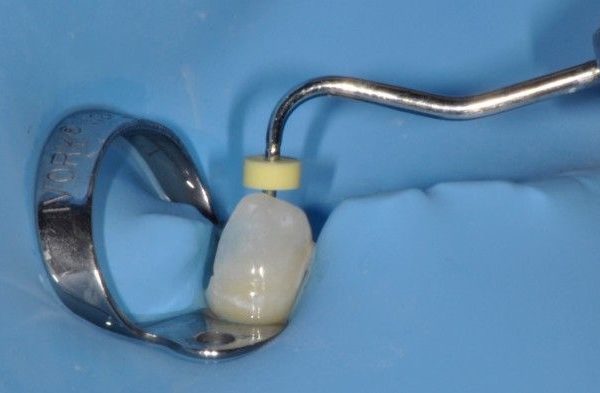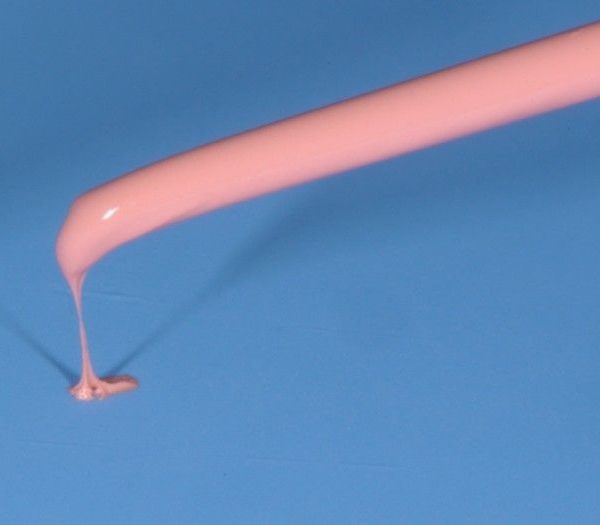
Squirting Technique Lessons
26/12/2017
Calogero Bugea
Warning: Undefined variable $post in /var/www/vhosts/styleitaliano-endodontics.org/endodontics.styleitaliano.org/wp-content/plugins/oxygen/component-framework/components/classes/code-block.class.php(133) : eval()'d code on line 2
Warning: Attempt to read property "ID" on null in /var/www/vhosts/styleitaliano-endodontics.org/endodontics.styleitaliano.org/wp-content/plugins/oxygen/component-framework/components/classes/code-block.class.php(133) : eval()'d code on line 2
In the last years I found support on the web for my clinical practice and Style Italiano Endodontics was a source of interesting tips and tricks. When some colleagues posted about squirting technique, I started wandering what it was. I tried to Google this technique, but the results regarding endodontics were few and below my expectations. I thought that it was a mysterious obturation technique.
Even on Pubmed there were few results. The first article about this technique was published in 1977 by Yee, F.S. and others. Three-dimensional obturation of the root canal using injection-molded, thermoplasticized dental guttapercha. J Endod 3(5):168-174, 1977. In this article the Colleagues explained the technique and the armamentarium employed in vitro. Later, in 1981, Marlin published an in vivo study in which this technique was employed with success.
Also John Stropko published an article about this technique, using a modern armamentarium.
After the observation of these articles I thought squirting was a particular and complicated technique, with a long learning curve.

Fig. 2
This is the first case I did employing this technique. I tried the technique in a young guy with an upper wisdom tooth, candidate to extraction, with a complex anatomy and limited mouth opening. The result was so nice that I decided to do a cuspal coverage. Two years later the tooth showed no clinical nor radiographic problem. For this reason I decided to increase my knowledge about the technique. Many colleagues strongly discouraged me to utilize squirting technique because of the risk of getting an overfilling, a short filling, an incomplete 3d filling and, for this reasons, I abandoned this technique.

Fig. 3
Then, it happened that my System B stopped working. I wasn’t able to obturate the canal with warm guttapercha but I had my Obtura III max and.......Ok let' s squirt! The results was amazing, few minutes to obturate the canals, no cone rx, more time available in my schedule. The office staff was very happy to reduce working time in this simple way. Could be the beginner’s luck but these cases were amazing! I increased the use of this technique in my clinical practice, and now I want to share my protocol and to stress, in my opinion, what are the indications and limits of it.
The fundamental rule to apply this technique is the adequate taper.

Fig. 4
If there are parallel walls, or inverse taper the technique is very not advisable. Just don’t use it; MTA is the best choice

Fig. 5
Foramen sizes bigger than 50 are contraindicated.

Fig. 6
Apical lesions may sometimes increase the risk of overfilling.

Fig. 7
Armamentarium

Fig. 8
Simple case, vital, whitout lesion, with preparation F2 for vestibular canals and F3 for the palatal.

Fig. 9
Curved and thin Canals: the guttapercha is really soft and in case of curved canals it's a valid alternative to thermafil.

Fig. 10
Blocked canal, This case was referred by a Colleague that doesn't reach the working length. I had the same problem, actually, so I spent a lot of time in irrigation with Endoultra and then I did Squirt Technique.

Fig. 11
Anoher case similar to the earlier one; in this lower premolar, I couldn’t reach the working lenght. In these cases, it’s more important to have a good strategy for the treatment to respect the original anatomy. After a correct cleaning and shaping until the block I retried to achieve the W.L but with any kind of result. The obturation showed alteration of the anatomy due to the previous treatment.

Fig. 12
Confluent canals are always a challenge, usually they have a lot of anastomoses; in this situation it is imperative to clean all endodontic space, only clean space can be obturated. In this case the main canal was obturated with thermafil, the confluent canals with Squirting Technique.

Fig. 13
Apical Bifurcation. In this case I utilized protaper F2 in mesial root and F3 in distal root, My obturation fill the original bifurcation; just a little bit overfilled, but the endodontic space is 3d filled. After one year no Radiographic or Clinical signs of pathology.

Fig. 14
This is the answer to the FAQ:
How are you sure that the Guttapercha doesn’t stay short? If you use a proper shaping technique and a proper Obturation Technique, it’s imposisble to be short. And if this happens like this case it’s necessary to remove the guttapercha (it’s very very easy) and reutilize your last finishing rotary file.
Conclusions
Only clean areas can be obturated. Obturation is a very important step. The Squirt Technique is a very easy technique. As all techniques there are indications and contraindications to consider. In difficult cases like blocks or ledges it’s my first choice. The learning curve is very easy also for beginners. Remember only canals shaped in a correct manner can be filled with guttapercha tridimensionally.
Clinical Cases, more indications, advantage will be available on website.
Stay tuned
Bibliography
Yee FS, Marlin J, Krakow AA, Gron P .Three-dimensional obturation of the root canal using injection-molded, thermoplasticized dental gutta-percha.J Endod. 1977 May;3(5):168-74.
Marlin J, Krakow AA, Desilets RP Jr, Gron P. Clinical use of injection-molded thermoplasticized gutta-percha for obturation of the root canal system: a preliminary report. J Endod. 1981 Jun;7(6):277-81.
Stropko J. The System “S” technique:to seal the entire canal system for “success” Roots, Vol. 4 (3): 6-18, 2008
Kumar NS, Prabu PS, Prabu N, Rathinasamy S. Sealing ability of lateral condensation, thermoplasticized gutta-percha and flowable gutta-perchaobturation techniques: A comparative in vitro study.J Pharm Bioallied Sci. 2012 Aug;4(Suppl 2)
Lottanti S, Tauböck TT, Zehnder M Shrinkage of backfill gutta-percha upon cooling. J Endod. 2014 May;40(5):721-4.




